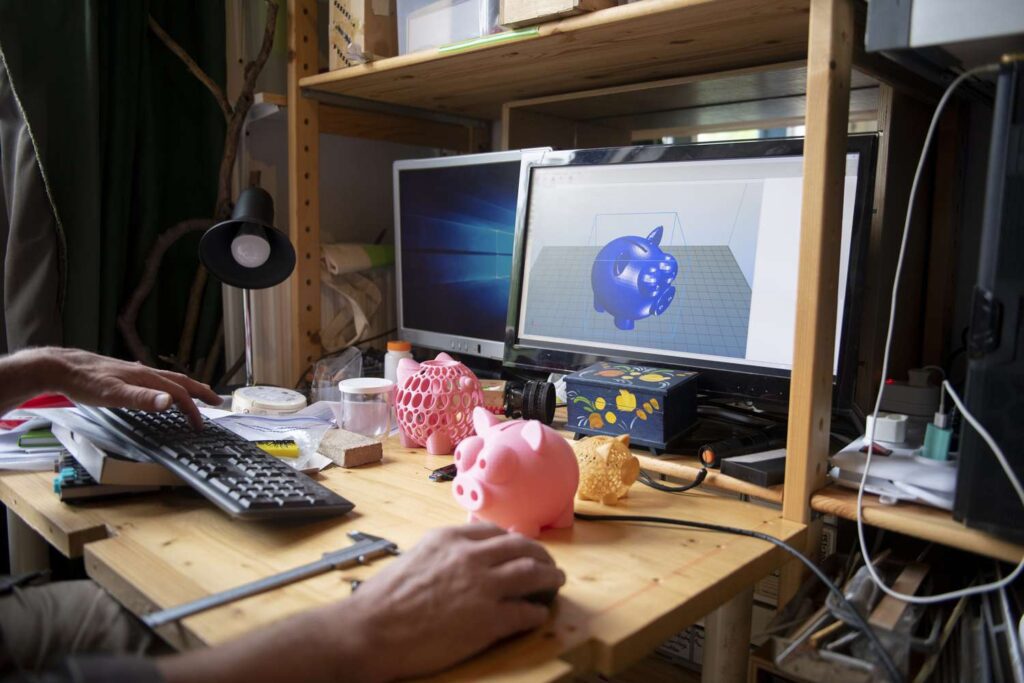The art of staying connected with a remote workforce—without constant meetings

Remember when you could walk the halls of your office and see employees chatting in the break room or laughing as they made their way to their next meeting? That was pretty awesome, but it was something many businesses had to give up with remote work.
While remote work has incredible benefits for employees—such as flexibility, no commute, and access to work outside the city or region they live—it also has a downside. It’s easy for remote teams to become disconnected and feel isolated from one another.
Many leaders initiated video meetings to compensate for the lack of in-person interaction, perhaps thinking employees would like the engagement and the ability to discuss things in real time. However, with so many virtual meetings taking place every day, meeting fatigue quickly began to hurt productivity and undermine the goal of staying connected in the first place.
But why? A Stanford University professor found that constant virtual meetings exhaust the mind and body. The lack of nonverbal cues, inability to move around, and seeing only attendees’ faces (including ours) are unnatural and cause fatigue. Fatigued employees may check out during meetings, missing crucial opportunities to engage with colleagues.
So how do you stay connected without wearing out your team with constant meetings? With the right mix of technology, collaboration, and fun, you can foster a sense of connection without filling up your employees’ calendars.
WHAT DOES “STAYING CONNECTED” REALLY MEAN?
It’s common to schedule status updates to stay in touch with your teams. These meetings sound good in theory, but they often fail to incorporate many elements that help build rapport among team members. Staying connected is more than checking project statuses and asking how things are going. It’s about building relationships so no one feels isolated.
That requires adding small talk and free-flowing non-work-related topics to these conversations (and a bit of fun). These interactions set the foundation for employees to feel more comfortable discussing issues (no matter how unpleasant) and being authentic. When employees are satisfied, you can better understand what they need to succeed and stay engaged.
TIPS FOR STAYING IN TOUCH WITHOUT CONSTANT MEETINGS
Interactions should be tailored to suit various personality types and communication styles to ensure that all employees are engaged, comfortable, and able to be themselves. Try some of the following tactics:
USE TECHNOLOGY TO ELIMINATE OR SHORTEN MEETINGS
Instead of time-wasting status meetings, use apps or bots to check in with team members. These bots can ask employees whether they’ve completed specific tasks and log the updated status in your project management tool. Use your project management or issue-tracking systems to create more structure for everyday tasks and projects.
Employees can complete a ticket, make a request, or hand off tasks to one another. This can reduce employees’ time asking questions and gathering relevant information in meetings. While you can’t eliminate every forum, you can limit the invitations to only those employees who need to attend. Record the session and then share it with those who need to be in the loop. They can catch up on their own time.
OPEN LINES OF COMMUNICATION
Make speaking up easier for everyone—including introverts and newbies—. Create an anonymous suggestion box to facilitate new ideas consistently. Hold open “office hours” when anyone can reach leadership to discuss concerns, share new ideas, or chat casually. Be present on public channels like Slack and Microsoft Teams.
Participate in conversations (both work-related and personal) so employees know you’re reachable on those channels. The visibility can make them more comfortable sharing their opinions and concerns.
The article is “The Art of staying connected with a remote workforce—without constant meetings.“